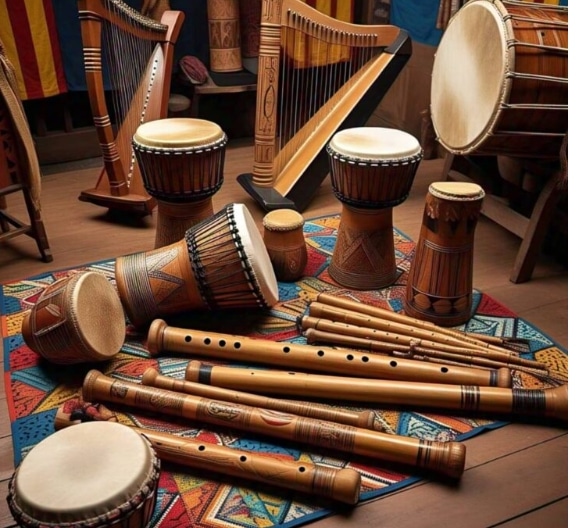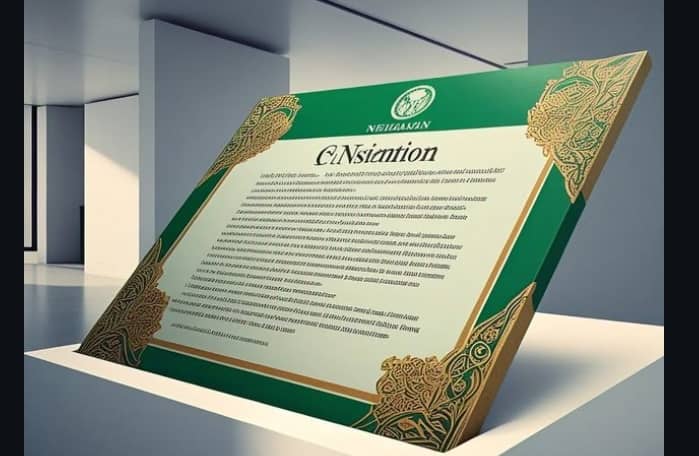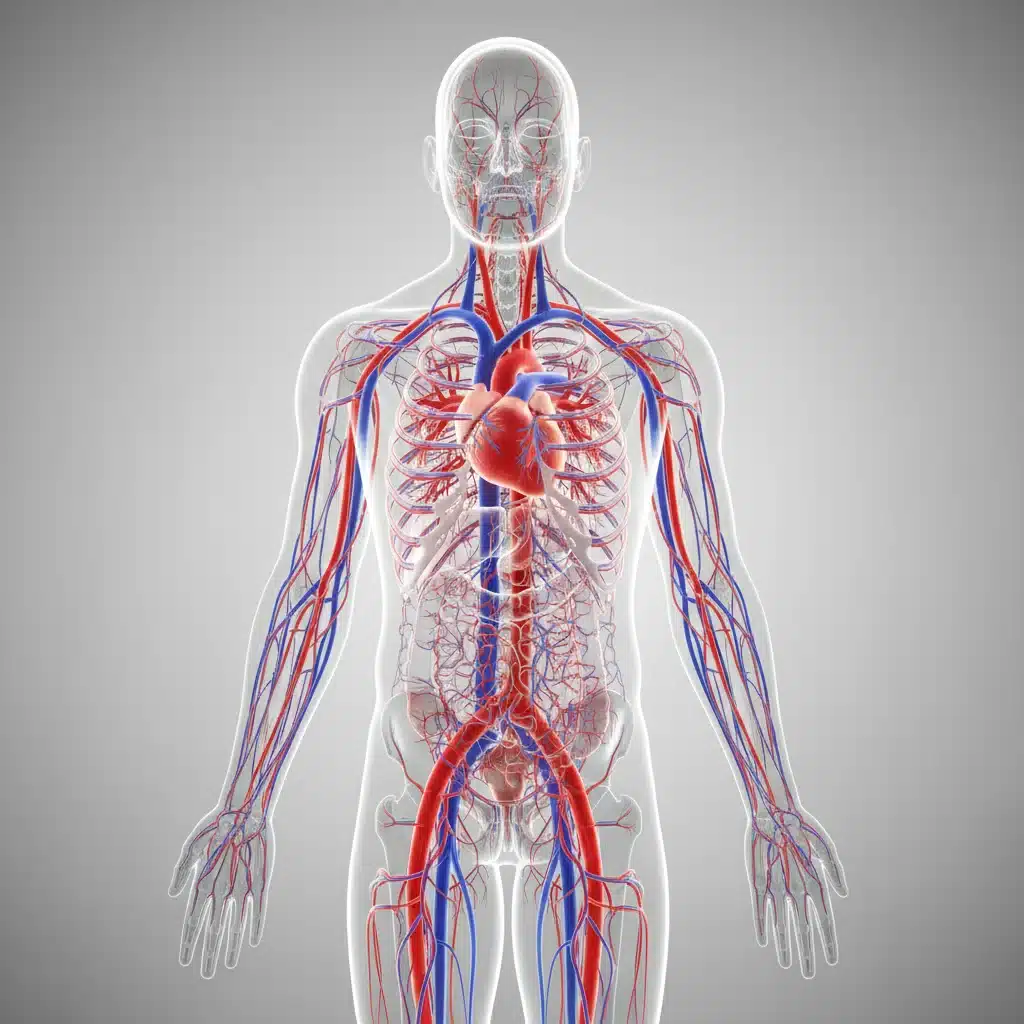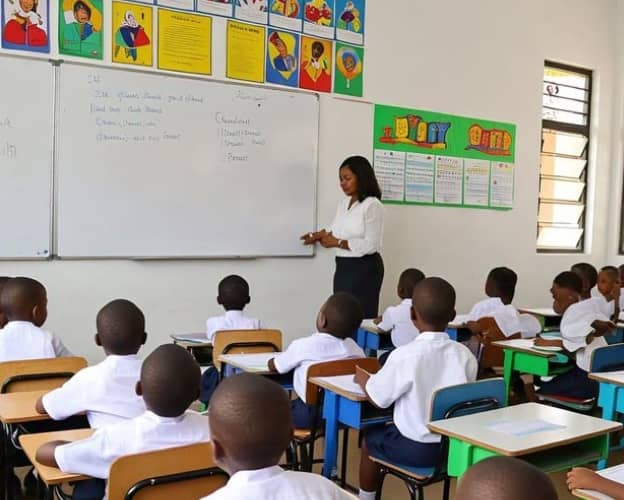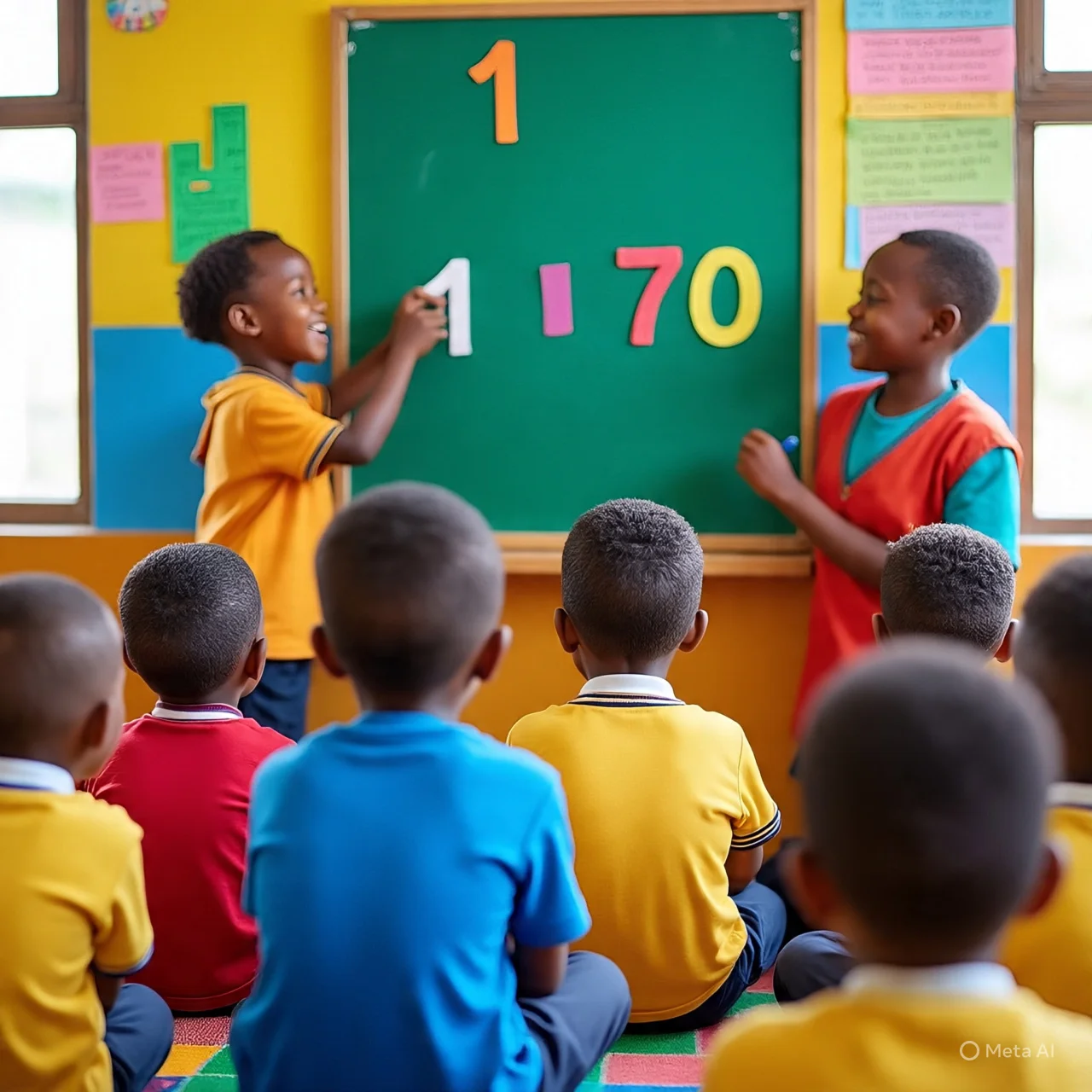Primary 1 BST Lesson Plan (Week 1): Water — Full Presentation
Subject: Basic Science & Technology
Class: Primary 1
Term: Second Term
Week: 1
Age: 5–6 years
Topic: Water
Sub-Topic: Meaning, Uses and Importance of Water
Duration: 45 minutes
Behavioural Objectives
By the end of the lesson, pupils should be able to:
- Explain the meaning of water in simple words.
- Identify different sources of water.
- State at least three importance of water.
- Mention at least five things that need water to survive.
- Describe water as a liquid.
Keywords (with simple meanings)
- Water – A liquid we drink.
- River – A natural flowing water.
- Rain – Water that falls from the sky.
- Liquid – Something that flows easily.
- Grow – To become bigger.
- Plants – Living things that grow in the soil.
- Clean – Free from dirt.
- Drink – To take water into the body.
- Wash – To clean with water.
- Survive – To stay alive.
Set Induction (Attention-Grabbing Story)
The teacher tells an age-friendly Lagos-based story:
“Children, yesterday on my way to school, I saw Mama Tawa’s little garden beside her shop. The leaves looked dry and tired. When Mama Tawa poured water on them, the leaves became fresh again. One pupil passing by said, ‘Aunty, even plants like cold water!’ Everybody laughed. Today, we will learn why everything around us needs water.”
Entry Behaviour
Pupils have seen water at home, in school, during rain, and when washing. They know water is used for drinking and bathing.
Learning Resources / Materials
- Real bowl of clean water
- Pictures of rivers, rain, tap water
- A plant leaf
- Chart showing uses of water
Building Background / Connection to Prior Knowledge
The teacher asks pupils:
- “Who drank water this morning?”
- “Who has seen rain before?”
- “What did you use water for at home today?”
Embedded Core Skills
- Observation
- Communication
- Critical thinking
- Environmental awareness
- Vocabulary building
Reference Books
- Lagos State Unified Scheme of Work
- Basic Science & Technology for Primary Schools
Instructional Materials
- Flashcards
- Picture charts
- Bowl of water
CONTENT
1. Meaning of Water (Clear List Format)
- Water is a clear liquid.
- We drink water to stay healthy.
- Water can be found in nature.
- Water has no colour.
- Water has no smell.
- Water can be from rivers, rain, or taps.
2. Examples/Sources of Water
- Rain
- River
- Stream
- Well
- Tap
- Borehole
- Lake
- Sea
- Ocean
- Pond
3. Importance/Uses of Water (10 Examples)
- Drinking
- Cooking
- Washing clothes
- Bathing
- Watering plants
- Cleaning the home
- Washing hands
- Making food
- Staying healthy
- Helping animals survive
4. In-Depth Explanation (with 5 examples each)
A. What is Water?
Water is a natural liquid that all living things need.
Examples:
- The water we drink.
- Rainwater from the sky.
- Water in the tap.
- Water in a bucket.
- Water in rivers.
B. Why We Need Water
Water keeps our body working well.
Examples:
- For drinking.
- For cooking food.
- For bathing and keeping clean.
- For washing our hands.
- For brushing our teeth.
C. Things That Need Water to Live
All living things need water to grow.
Examples:
- Humans
- Plants
- Fish
- Animals
- Birds
D. Forms/States of Water
Water can exist in different forms.
Examples:
- Ice (solid)
- Steam (gas)
- Rain (liquid)
- Melted ice (liquid)
- Clouds (water droplets)
Presentation Steps
Teacher’s Activities
- Revises last term’s lesson.
- Shows pupils a bowl of water.
- Explains meaning and uses of water.
- Displays charts.
- Asks pupils to mention uses of water at home.
- Guides pupils to identify water sources.
- Corrects errors gently.
- Leads pupils in answering evaluation questions.
Learners’ Activities
- Listen and observe.
- Touch and describe the water shown.
- Mention uses of water.
- Answer teacher’s questions.
- Take part in group discussion.
Evaluation Questions
A. 10 Multiple-Choice Fill-in-the-Blank Questions
- We drink ______.
(a) sand (b) water (c) leaf (d) chalk - Water is a ______.
(a) liquid (b) solid (c) stone (d) book - Plants need water to ______.
(a) sleep (b) grow (c) fight (d) cry - We use water to ______ clothes.
(a) burn (b) wash (c) hide (d) write - Water has no ______.
(a) colour (b) fire (c) leaf (d) sound - Rain is a source of ______.
(a) food (b) water (c) clothes (d) books - Humans cannot live without ______.
(a) toys (b) water (c) shoes (d) bags - A river contains ______.
(a) water (b) sand only (c) oil only (d) dust - We use water to ______ our teeth.
(a) tie (b) brush (c) draw (d) tear - Water helps plants to stay ______.
(a) dirty (b) fresh (c) dry (d) weak
B. 10 Short Answer Questions
- What is water?
- Mention one use of water.
- Mention one source of water.
- What do plants need to grow?
- What do humans drink?
- Name one thing water has no colour.
- Where does rain come from?
- What do we wash with water?
- Give one example of a water source.
- Who needs water to survive?
Class Activity Discussion (10 FAQs + Answers)
- Q: Can we live without water?
A: No. We need water to stay alive. - Q: Does water have a smell?
A: No. Clean water has no smell. - Q: What do plants use water for?
A: To grow. - Q: Where can we get water?
A: From rain, rivers, taps, wells, and boreholes. - Q: Is water a solid?
A: No. Water is a liquid. - Q: Can animals drink water?
A: Yes, all animals need water. - Q: What happens when we don’t drink water?
A: We feel weak and tired. - Q: What form of water falls from the sky?
A: Rain. - Q: What do we use to wash our hands?
A: Water and soap. - Q: Does water help keep us clean?
A: Yes.
Conclusion
The teacher marks pupils’ work, gives corrections, affirms good effort, and closes the lesson.
Internal Links
- Basic Science Quiz: Air, Water, Wind & Colours for Pupils
- Post-Planting Activities for Primary 5: Irrigation, Mulching, Thinning, Supplying & More
- Animals and their sounds
LESSON NOTES AND EXPLANATION OF WATER (WITH 5+ EXAMPLES EACH)
This section expands the earlier content so pupils understand not just the meaning, but how water works, why we use it, and where it comes from.
1. What is Water? (Deeper Meaning + 5 Examples)
Meaning:
Water is a clear liquid that all living things—humans, plants, and animals—need to stay alive. It has no colour, no smell, and no taste. Water keeps our body fresh, clean, and healthy.
Examples of Water:
- The drinking water in your bottle.
- Rainwater falling from the sky.
- Water from the tap at home.
- Water inside a bucket used for bathing.
- Water in the river near the community.
- Water in a transparent cup used in class.
- Water in buckets used for mopping the floor.
2. Properties/Characteristics of Water (Deeper Meaning + 5 Examples)
Meaning:
Water has qualities that make it different from other things. These qualities help us know water and use it.
Examples:
- Water has no colour – When you look at clean water in a cup, it is clear.
- Water has no smell – When you smell clean water, you perceive nothing.
- Water flows easily – If you pour water on the floor, it spreads.
- Water takes the shape of its container – In a cup it looks small, in a bucket it looks big.
- Water can change form – It becomes ice when cold and steam when hot.
- Water can dissolve things – Water can dissolve sugar or salt.
- Water feels cool – It is usually cooler than your hand.
3. Sources of Water (Deeper Meaning + 5 Examples)
Meaning:
Sources of water are places where we get water from for drinking, cooking, washing, and cleaning.
Examples:
- Rain – Water that falls from clouds.
- Tap – Water that comes through pipes into our homes.
- Well – A deep hole dug in the ground to get water.
- River – A large natural water that flows across land.
- Stream – A small flowing water.
- Borehole – A deep machine-dug water source.
- Lake – A big body of still water.
4. Uses/Importance of Water (Deeper Meaning + 5 Examples)
Meaning:
Water is important because it helps us do many things every day and keeps our bodies healthy.
Examples:
- Drinking – To keep our body fresh and strong.
- Cooking – To prepare food like rice, beans, yam.
- Bathing – To keep our body clean.
- Washing clothes – To remove dirt from uniforms.
- Watering plants – To help plants grow well.
- Cleaning the house – Mopping floors, washing plates.
- Brushing teeth – To keep our mouth clean.
5. Things That Need Water to Live (Deeper Meaning + 5 Examples)
Meaning:
Every living thing needs water to grow, move, and stay alive. Without water, living things will die.
Examples:
- Humans (people) – We drink water daily.
- Plants – They need water to grow fresh leaves.
- Animals – Goats, cows, dogs, cats drink water.
- Birds – They drink small amounts of water.
- Fish – Fish live and breathe in water.
- Insects – Some insects drink little drops of water.
6. Forms/States of Water (Deeper Meaning + 5 Examples)
Meaning:
Water can change into different forms depending on the temperature. It can be solid, liquid, or gas.
Examples:
- Ice (solid) – Water becomes ice when it freezes.
- Liquid water – The normal water we drink.
- Steam (gas) – Hot water changes into steam.
- Clouds – Tiny water droplets in the sky.
- Snow – Frozen water that falls in very cold countries.
- Dew – Tiny drops of water on the grass in the morning.
7. Clean vs. Dirty Water (Deeper Meaning + 5 Examples)
Meaning:
Clean water is safe for drinking, while dirty water contains germs and must not be used.
Examples:
Clean Water Sources:
- Tap water
- Packaged water
- Borehole water
- Filtered water
- Boiled water
Dirty Water Sources:
- Gutter water
- Muddy water
- Stagnant water
- Water with leaves or sand
- Smelly water from dirty containers
8. How Water Helps Our Health (Deeper Meaning + 5 Examples)
Meaning:
Water keeps our body functioning well and prevents sickness.
Examples:
- It helps digestion.
- It keeps the skin fresh.
- It helps us stay cool.
- It helps the brain work better.
- It cleans out waste from the body.
9. What Happens When There Is No Water (Deeper Meaning + 5 Examples)
Meaning:
Lack of water leads to problems at home, school, and for the body.
Examples:
- We feel thirsty.
- We become tired.
- We cannot cook.
- We cannot wash clothes.
- Plants will die.
- The classroom will smell.
10. Ways to Keep Water Clean (Deeper Meaning + 5 Examples)
Meaning:
Clean water is important for good health, so we must protect it from dirt and germs.
Examples:
- Boiling water before drinking.
- Keeping water in clean containers.
- Covering water to avoid insects.
- Not fetching water with dirty cups.
- Washing containers regularly.
